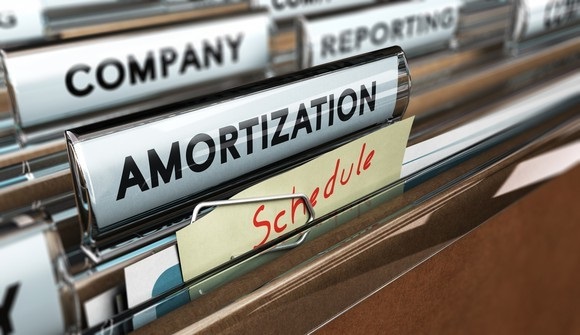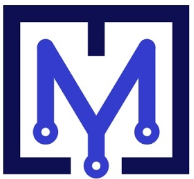What You Can’t See Without Workplace Analytics – Question 2/7


You walk into your office and see occupied desks, empty chairs, and maybe a few meeting rooms in use. But do you know which areas are used most, or why others sit empty?
Without workplace analytics, you’re flying blind.
In this second article of our 7 Questions You Can’t Answer Without Workplace Analytics series, we explore how data helps reveal hidden usage patterns.
Today’s question:
👉 Are some resources more “popular” than others — and what does that mean for your office?
What Makes a Workplace Asset “Popular”?
When we talk about popular resources, we mean items that receive high usage relative to their quantity. It’s a ratio: high demand + limited supply = high popularity.
Example:
3 foosball tables → 30 min/day each
1 ping-pong table → 4 hours/day
Despite being outnumbered, the ping-pong table is clearly more in demand.
Now apply this to:
Desk clusters
Meeting rooms
Collaboration areas
Soft seating
Phone booths
With workplace analytics, you can stop guessing and start measuring.
Why This Data Matters
Knowing what’s popular helps workplace teams:
Allocate resources based on demand
Improve employee experience
Optimize future purchases
Justify investments with usage metrics
🔎 Real example from a MySeat client:
A specific ergonomic chair brand showed 70% more use than others. That popularity ranking helped the procurement team prioritize future orders.
When decisions are backed by data, everyone from HR to Facilities to Finance benefits.
How We Measure Popularity
At MySeat, we calculate popularity using this formula:
Daily usage hours per item = Popularity Score
This combines:
Total number of a resource
Daily hours of use (via sensors)
Frequency and length of interactions
MySeat sensors, like our patented SenSeative accelerometers, attach to furniture or equipment and anonymously log when and how often it’s used. You learn which assets are employee favorites — and which are ignored.
Go Beyond Guesswork with Smart Sensors
Our workplace analytics platform includes:
SenSeative sensors (for interactions with desks, chairs, etc.)
AmbiSense sensors (for tracking ambient conditions like temperature, light, and humidity)
Combined, they provide a multi-layered view of how spaces are used and why.
For example, a quiet room may appear underused… until AmbiSense shows it’s uncomfortably warm. Now you understand why it’s being avoided and can fix it.
All data is 100% anonymous, respecting privacy while delivering valuable occupancy insights.
Who Uses This Data?
Facility Managers → Improve layouts and space allocation
HR & Experience Teams → Align workplace design with real behaviors
CFOs & Procurement → Prioritize high-ROI resources
CRE Leaders → Build evidence for renovation or redesign decisions
You can also benchmark across departments or floors, and even track changes pre- and post-renovation, thanks to MySeat’s space audit services.
Build Internal Benchmarks, Not Just Industry Averages
Global reports like the Flex Index or Leesman Index show the value of workplace variety. But those are external benchmarks.
With your own real-time occupancy data, you build internal benchmarks that reflect your company’s behavior:
Do teams use informal lounges more than focus pods?
Which assets are overbooked, and which go untouched?
Is space use consistent across days, or highly variable?
📊 Internal trends are often more actionable than generic industry data.
What’s Next? See Question 3/7
This series breaks down 7 key questions that reveal blind spots in traditional workplace management.
Coming up:
👉 Which assets go underused — and what’s the opportunity cost of keeping them?
Follow MySeat on LinkedIn or subscribe to the blog to keep learning how data-driven design empowers smarter, faster decisions.
Ready to See What’s Popular in Your Office?
With a simple 2-week occupancy scan, you can uncover which spaces and assets your teams actually value — and which need to be rethought.
Let’s bring your workplace strategy into focus.
Contact us to get started.
